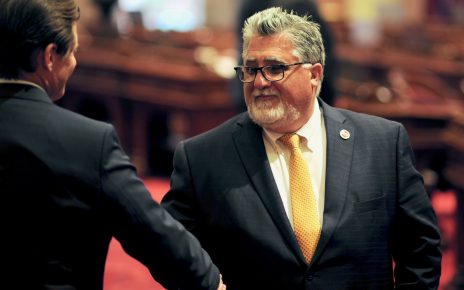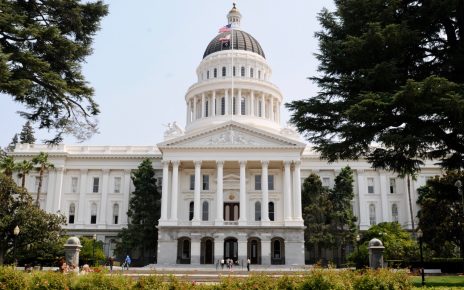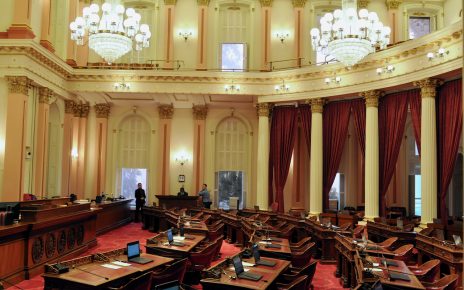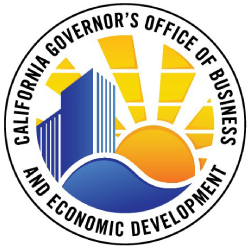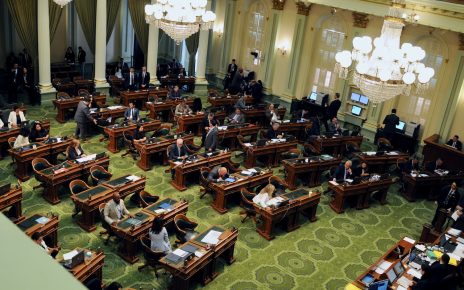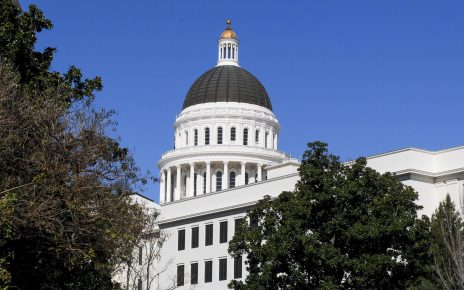Gov. Newsom Signs SB 144 to Enhance Film and TV Tax Credits
On July 21, Governor Newsom signed Senate Bill 144 by State Senator Anthony Portantino (D-Pasadena) to enhance California’s film and television tax credits. SB 144 is Chapter 114. The bill amends Sections 38.9, 17053.98, 19393, and 23698 and adds Section...

